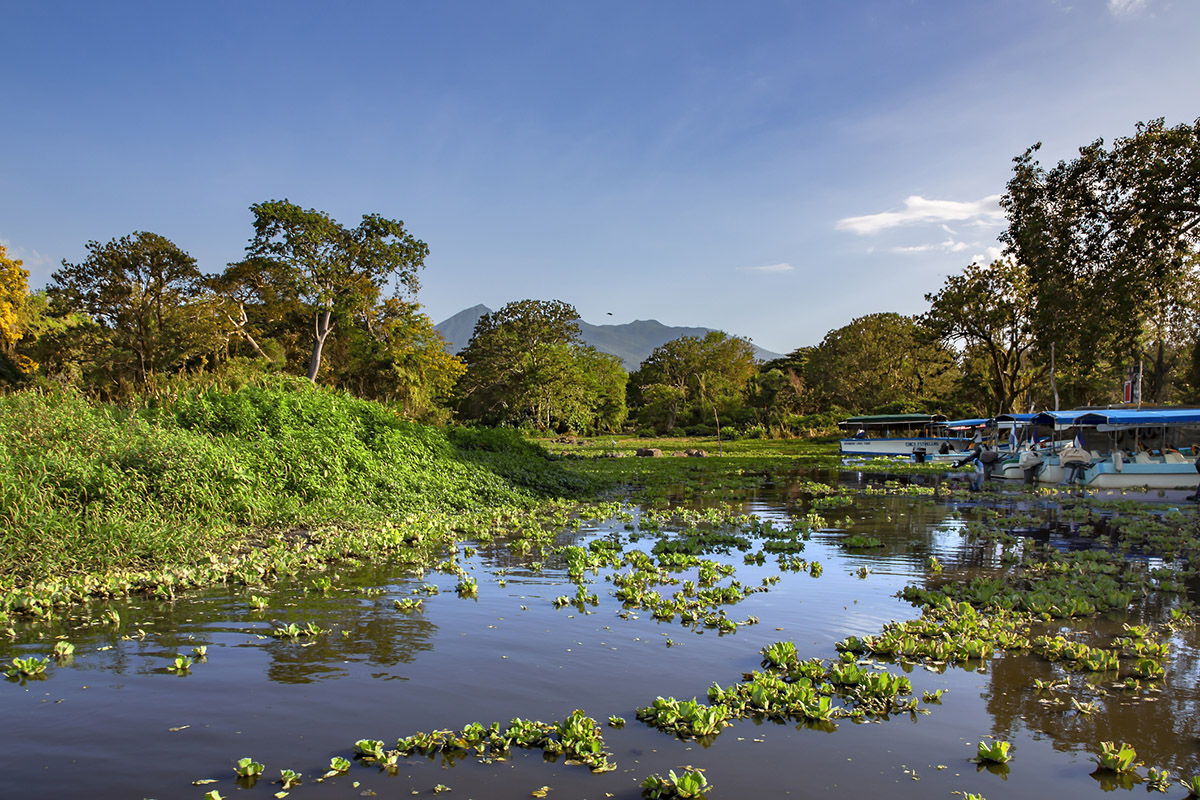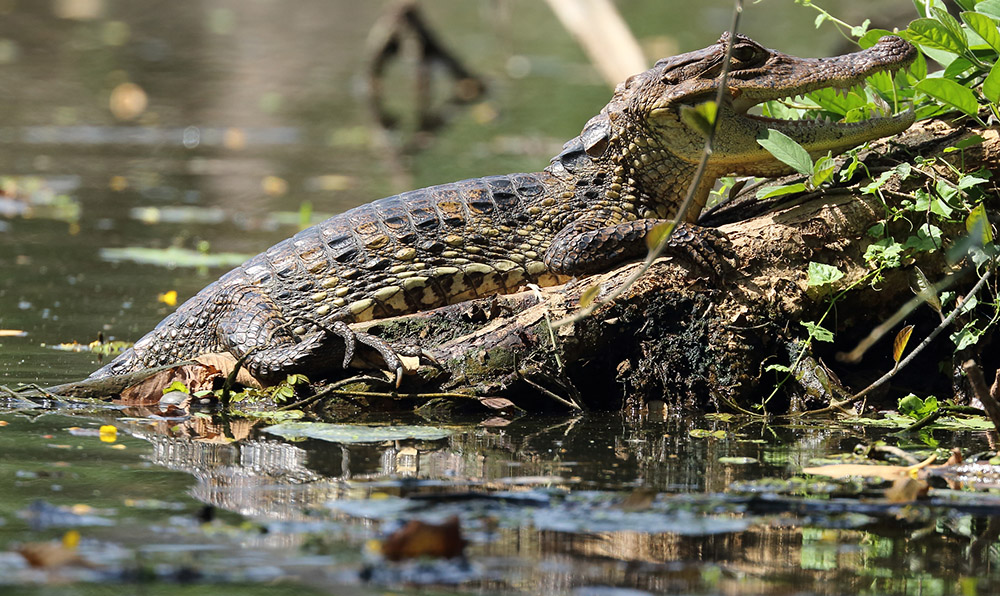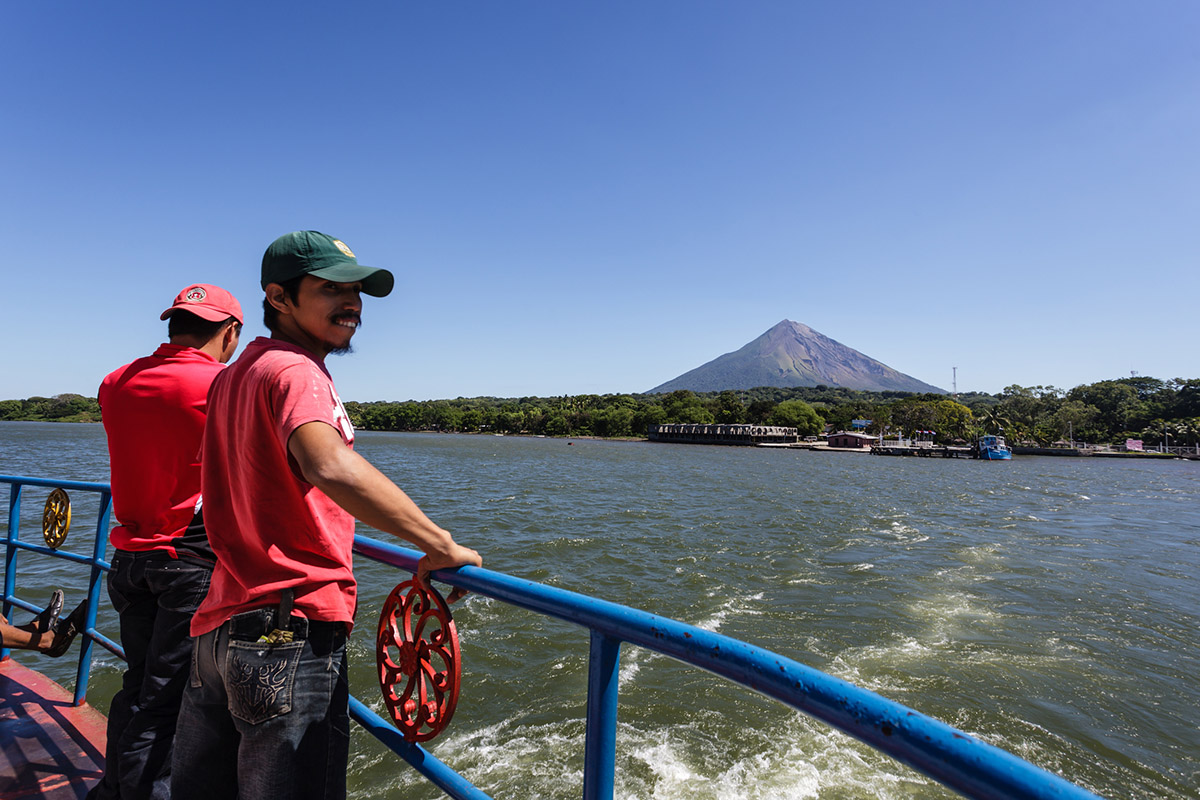Nicaraguan government: Canal not a dream, a necessity
By Canute James
The delay in the start of construction of Nicaragua’s controversial USD50 billion Grand Interoceanic canal has raised more doubts over the feasibility of the project. Nicaragua maintains the venture – a 500 year-old dream entertained at various times by the Spanish and the Americans – is viable and that it will be commissioned, but perhaps not by its December 2019 target. The project is an important element in its national economic policy and will benefit the region, Nicaragua argues.
The canal venture is the latest effort by Nicaragua to give a fillip to its economy – one of the weakest in the Americas. It will not bring the country into disputes with its neighbours, as have earlier efforts that were intended to relieve the country’s dependence on imported energy. Nicaragua has been in contentious border issues with neighbours – mainly Colombia and Costa Rica.

The International Court of Justice (ICJ) determined in December 2015 that Costa Rica has sovereignty over a small patch of wetlands on the river San Juan on the border with Nicaragua, and which Nicaragua had claimed. The land – called the Isla Portillos by Costa Rica and Harbour Head by Managua – has been one cause of tension between the countries. Nicaragua is accepting the verdict of the ICJ, deputy foreign minister César Vega said.
Nicaragua is awaiting another ruling by the ICJ over its Pacific maritime border with Costa Rica. Costa Rica has objected to Nicaragua concluding hydrocarbon production-sharing agreements with British and Norwegian firms that San José claims are in its territory.
Nicaragua gained in a dispute with Colombia when the ICJ ruled in November 2012 on a dispute over maritime territory that has been under Colombian control since 1819. The court reaffirmed Colombia’s sovereignty over San Andres and other Caribbean islands but said Nicaragua had the right to territory that had been previously considered both countries’ maritime border. This has allowed Nicaragua to proceed with agreements with US firms for hydrocarbon prospecting off its Caribbean coast.
Nicaragua’s chance
These efforts and the move to realize the dream of the canal are part of the plan by President Daniel Ortega to lift the weak economy out of protracted slow growth and stagnation. Nicaragua is hoping the 276km canal will position the country as a larger and more modern alternative to the Panama Canal, the major transit route between the Atlantic and Pacific oceans. Plans include two ports, an international airport, a power station and a cement factory.
“The Americans had once planned a canal in Nicaragua, but had built it in Panama instead,” Ortega said in defence of the project. “Now it is Nicaragua’s chance to see its dreams fulfilled. The country was very poor and with poverty and economic dependency there can be no sovereignty.”
The government argues the project will “bring huge benefits to the Nicaraguan people as well as meeting the need of international maritime industry for a more economic interoceanic route that can handle the largest ships now being built.”
The start of construction of the canal has been delayed by a year to “late 2016,” Hong Kong-based infrastructure developer HKND said. The project’s design “is being fine-tuned,” it said. Although HKND has not given a new schedule for commissioning, it is likely it will miss the original December 2019 target.
The government has not commented on reports that the project’s viability has been made uncertain by losses suffered in the collapse of the Chinese stock market by HKND chairman and chief executive Wang Jing. Wang established HKND in August 2012 to manage the canal project and received a 50-year concession from Nicaragua in 2013.
Environmental lobbies say the canal would threaten wildlife, reduce water quality and hurt public health. They contend that the canal – three times as long as Panama’s – would destroy about 400,000 hectares of wetlands and rain forests; dislocate fauna; and, force thousands of indigenous peoples to relocate to places that would be anathema to their culture. Supertankers using the canal would damage coral reef systems, the lobbies argue.

Further discussions
The audit suggested further discussions with indigenous peoples living in the canal’s proposed path and who have been opposed to the project. It also questioned the feasibility of the canal going through Lake Nicaragua, and the impact on the use of the lake for drinking water and recreation.
HKND has persistently rejected the assertions. And the government issued an environmental permit for the project in October. HKND commissioned UK assessor ERM to do an environmental impact assessment of the project and HKND later said the project is viable and there will be no damage to nature and water resources.

Were it to be delivered, Nicaragua’s Grand Canal would have implications for plans by Caribbean governments to make use of the region’s location with the development of infrastructure to capture expected increased volumes of maritime trade. These include Puerto Rico’s Port of the Americas, Cuba’s Mariel port and industrial complex and proposed logistics hubs in Jamaica and the Dominican Republic. All these ventures are not predicated on Nicaragua’s Grand Interoceanic canal but on the USD5.25 billion expansion of the Panama Canal that will allow the passage of larger vessels. However the increased traffic expected through Panama will not begin on schedule in April 2016 as commissioning of the expanded facility has been postponed because of cracks in the new set of locks. The Panama Canal currently handles about 6% of global trade and this volume is expected to double with the expansion.
It is the growing volume of cargo being transported on “post-Panamax” vessels that will make the Nicaraguan canal feasible, HKND and the Nicaraguan government have suggested. There will be more than enough business to satisfy both the expanded Panama Canal and the Nicaraguan facility, the Nicaraguan government says.
It argues that the canal is not a dream, but a necessary venture that will transform the country’s economy that is based on agriculture and light manufacturing; and, ease chronic unemployment. The Government projects it will create 50,000 jobs during construction and that the added facilities and infrastructure will provide 200,000 jobs and catapult the economy to double digit growth.[]
- First Published February 1, 2016

*Canute James, PhD, former Senior Lecturer and Director of the Caribbean Institute of Media and Communication (CARIMAC), Mona Campus, University of the West Indies, was a reporter for the Financial Times of London and radio reporter, presenter and producer in London, England for the BBC.





